Build Experience
Building inside the Zillion Direct was a smooth and straightforward process, largely thanks to its generous dimensions and modular design. To start, we removed any unnecessary panels to free up working space, including the large steel cover behind the motherboard tray and the two HDD caddies. We also removed the ATX cable cover, as our power supply cables were quite thick and difficult to bend within the tight space provided. The fan controller, lacking any magnetic mounting, was connected and left to hang behind the motherboard tray. Fortunately, the fan cables were long enough to reach this area without issue.
Due to the stiffness of our PSU cables, we were unable to reinstall the steel cable cover, but since it’s not visible in a completed build, this was of little concern. Installing the remaining components was effortless, aided by thoughtful features such as ample clearance at the top, removable fan brackets, and toolless side panels. To take full advantage of the case’s airflow-focused design, we also lowered the integrated air ramp and fitted the blocking plate to guide intake air directly toward our GPU and CPU. This is the configuration we used for our upcoming noise testing, and it demonstrates just how flexible and performance-conscious this chassis truly is.
ARGB Lighting and Aesthetics
Despite the absence of tempered glass, the Zillion Direct is not without visual flair. All four included fans feature ARGB lighting, complemented by an illuminated front logo that demands attention. The emblem occupies a significant portion of the front panel’s real estate and may not be to everyone’s taste. Some users might consider leaving it unplugged or covering it with a custom-sized sticker for a cleaner aesthetic.
The lighting on the fans themselves is evenly diffused, lending a balanced glow to the interior. Because the fans are positioned behind the fine front mesh, some brightness is naturally subdued. Still, the effect is tasteful and adds an appealing touch to what is otherwise a highly functional, performance-oriented case.
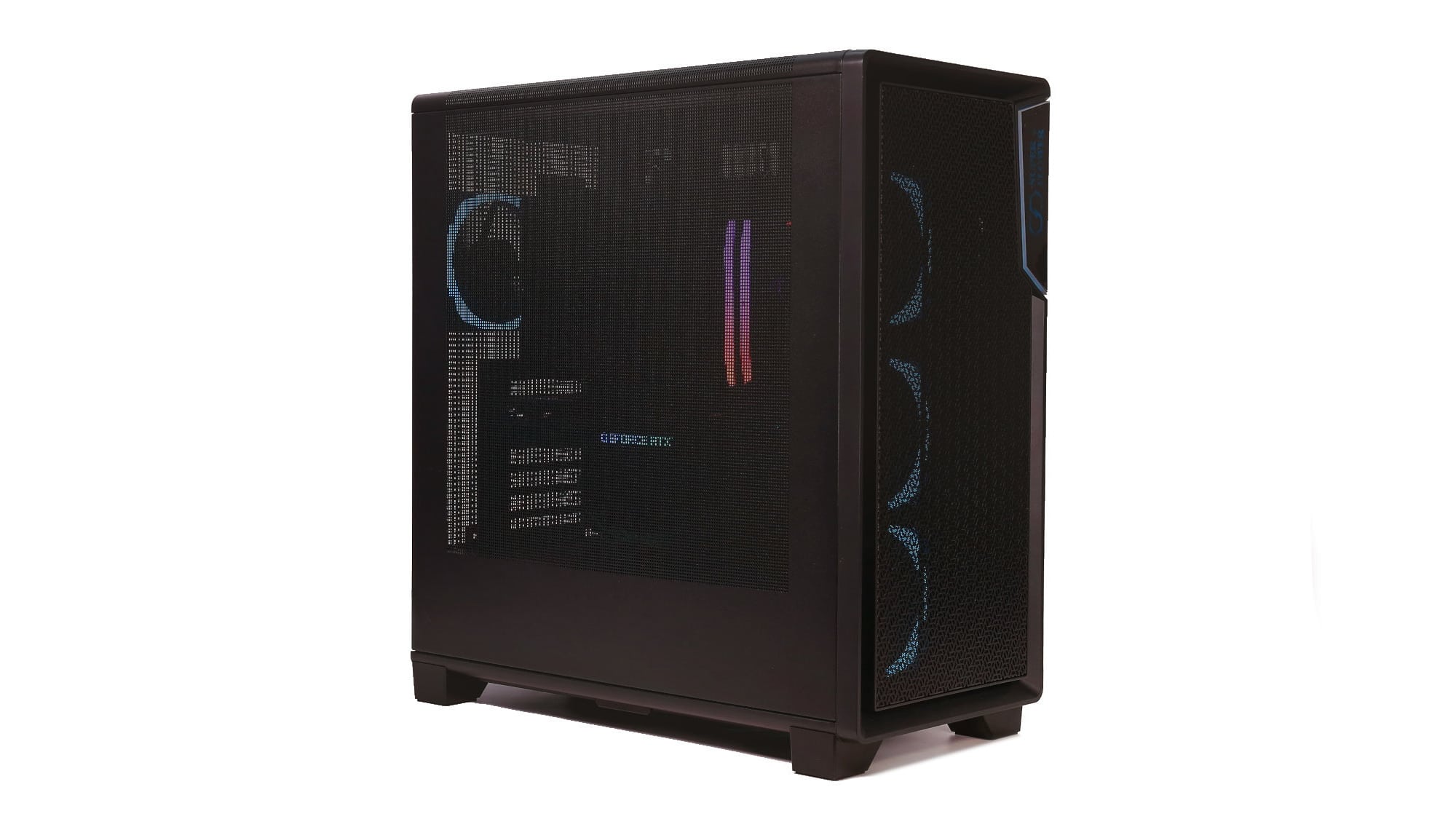
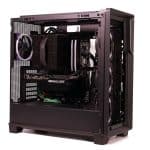
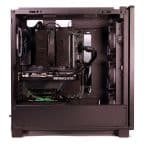
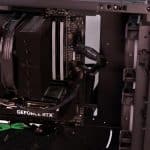
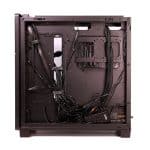
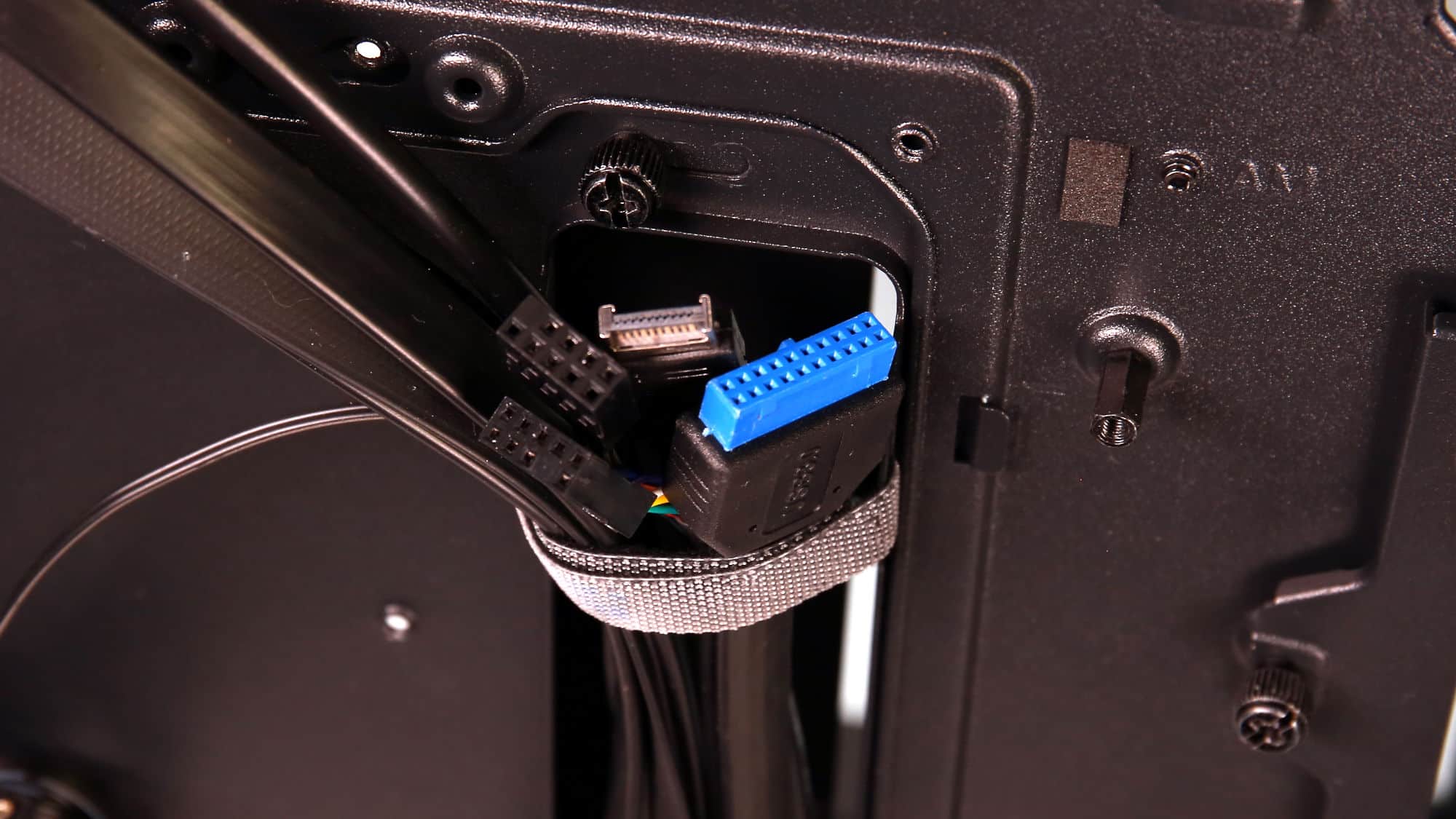
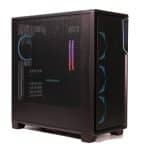
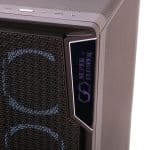
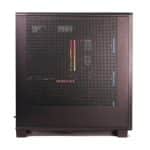
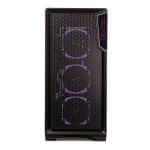
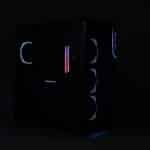
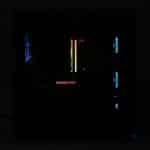
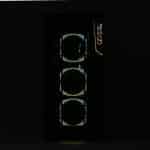
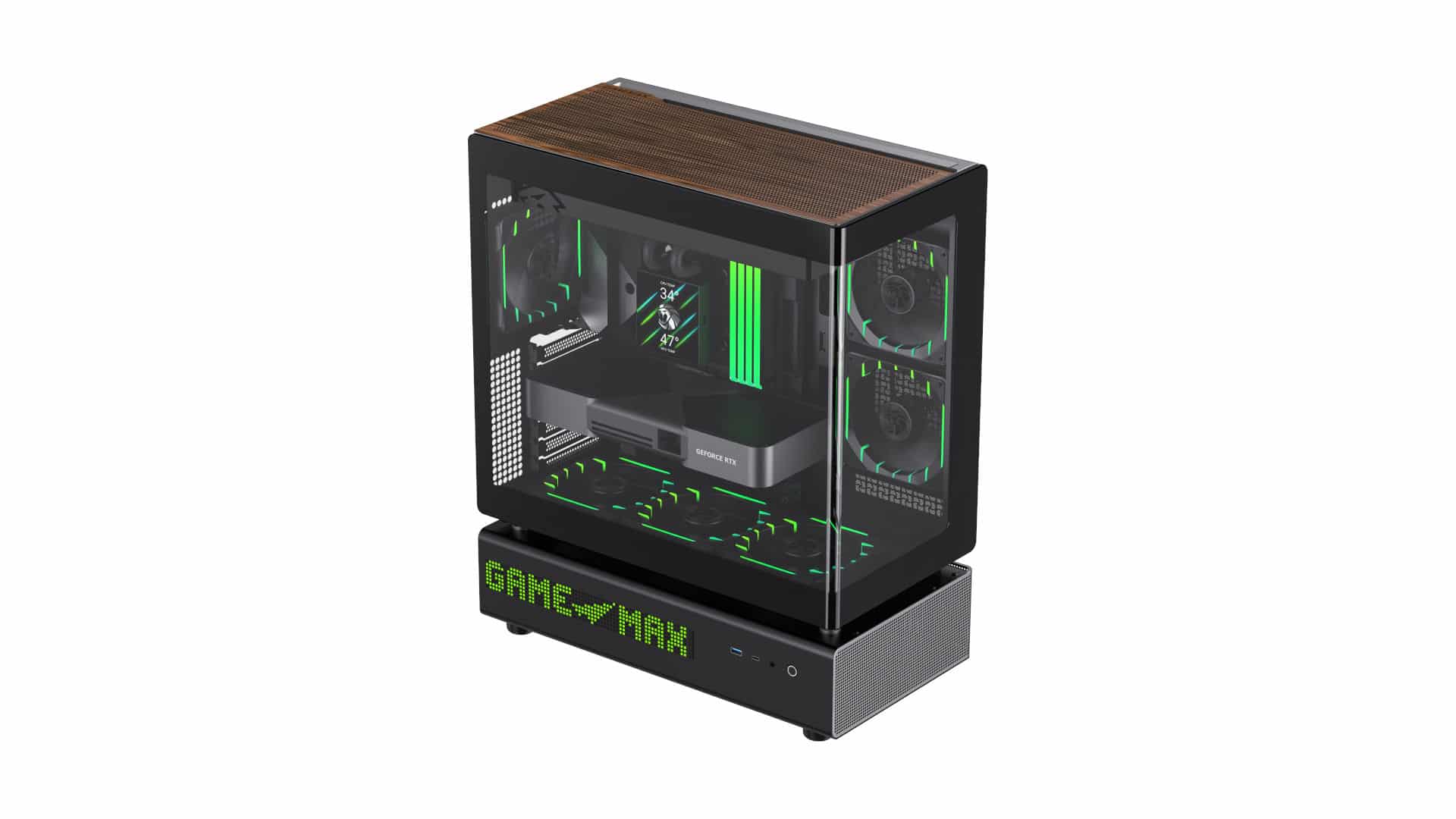
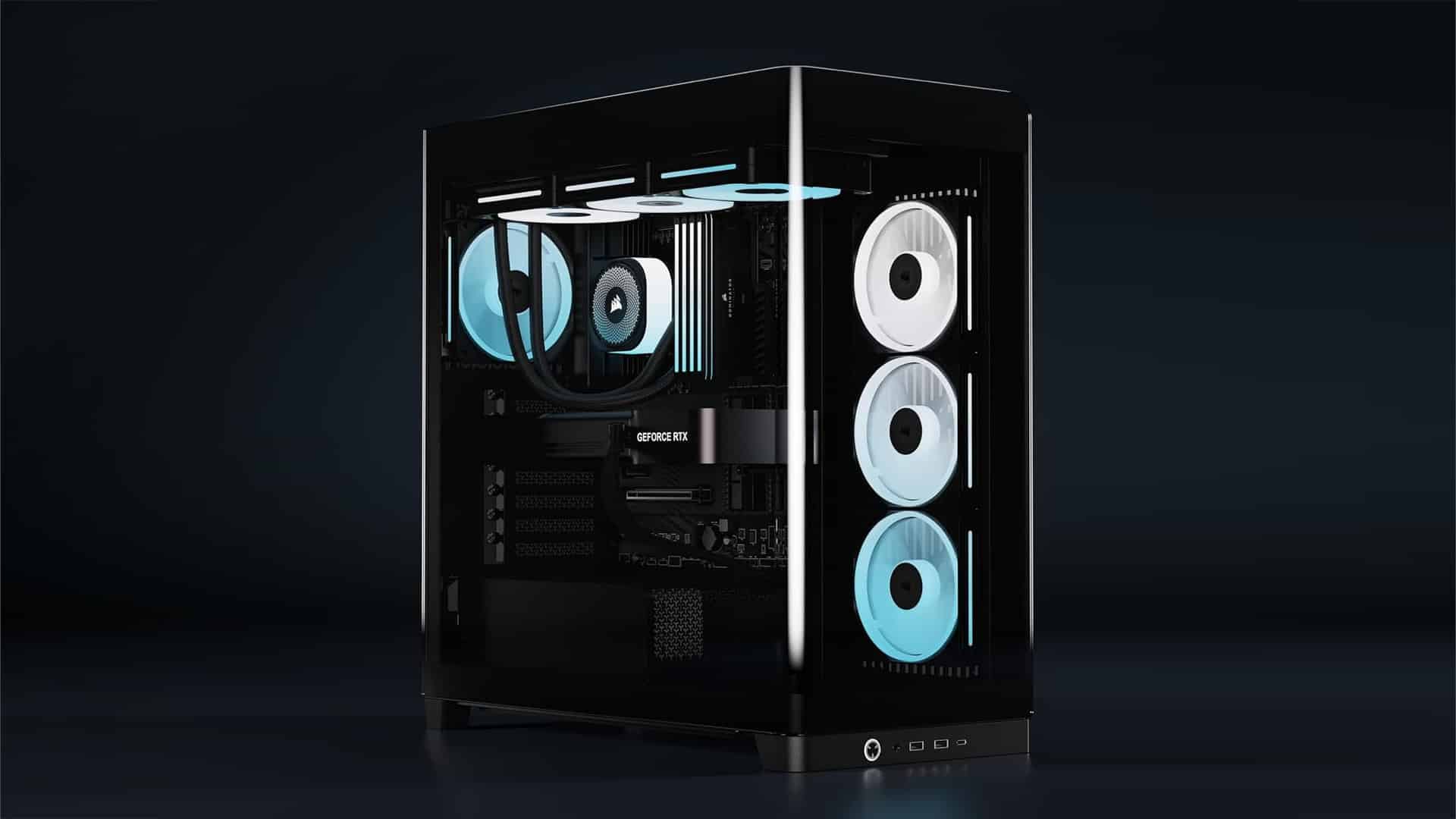
This is actually a cool case. The mesh side panel is a good compromise on displaying your parts and airflow. Too bad Superflower does not have a wide presence in my country and as such their cases and power supplies are rarely available.
Since the start of this year, you have been focusing primarily on the sound characteristics of PC cases. Although, this case is the worst in the noise damping and even “outperform” XPG Invader X Mini :o, has no mention about this finding in the negatives. This result looks like the case is a high frequency amplifier (from 5 to 9 kHz) …so someone who has a problem with coil whine should avoid it. Don’t you think? 😉
…
note: Links to chapters 3 and 4 are mixed up 😉
thank you! We will check them.
Thank you for taking the time to read our review! We’ve taken your feedback into account and have updated the article to include a note about the case’s noise-damping performance.
While perforated side panels generally offer inferior noise damping compared to glass panels, it’s also worth highlighting the surprisingly good acoustic performance of the stock fans, something we don’t see very often.
👍
–“…While perforated side panels generally offer inferior noise damping compared to glass panels…”
Yes, I know 😉 … though, the benefit of a mesh side panel for temperatures and airflow pattern can be negligible to undetectable 😉
Maybe, even counterproductive in high-pressure scenarios…what can’t be said about the sound 🙂
https://youtu.be/aQHKCjuYTVQ?t=1083
https://youtu.be/Aor-3v6N7i8?t=1190
…not even talking about dust maintenance 😀